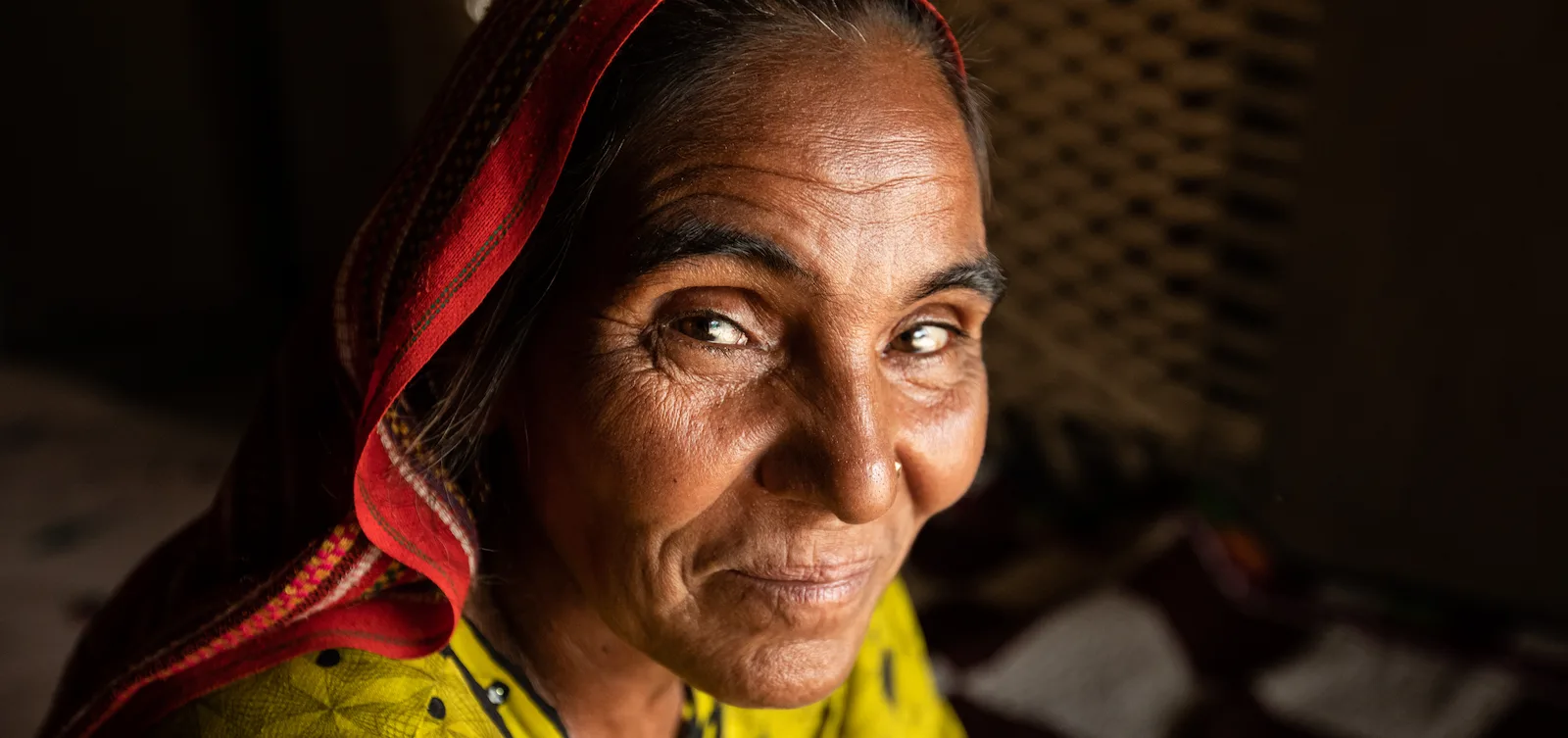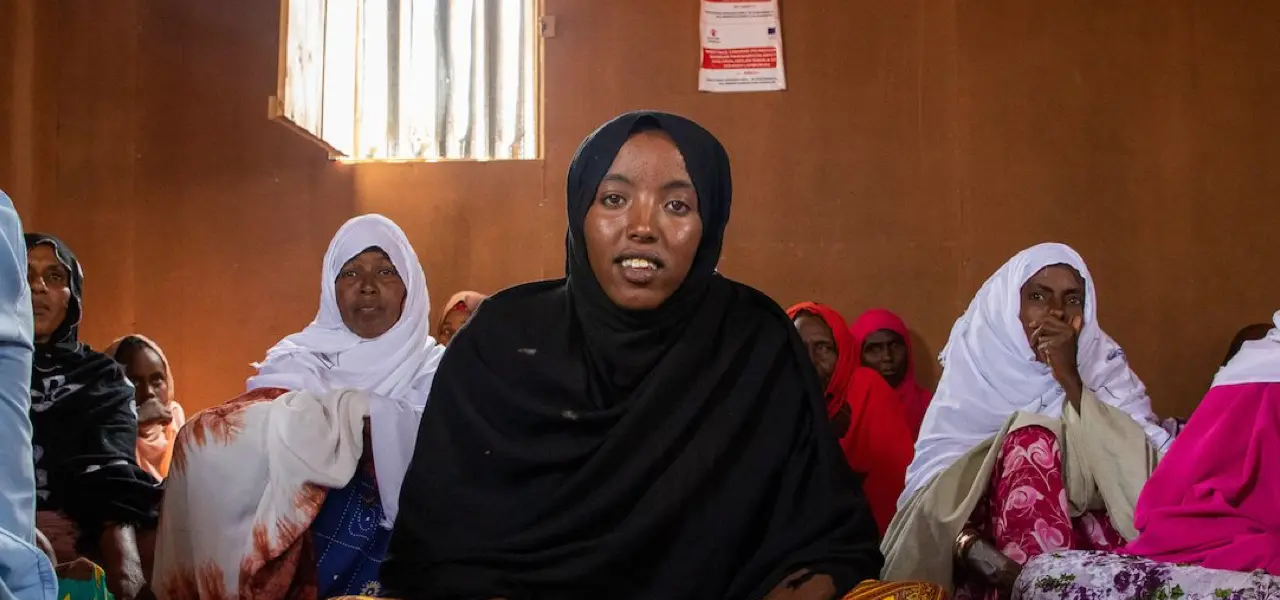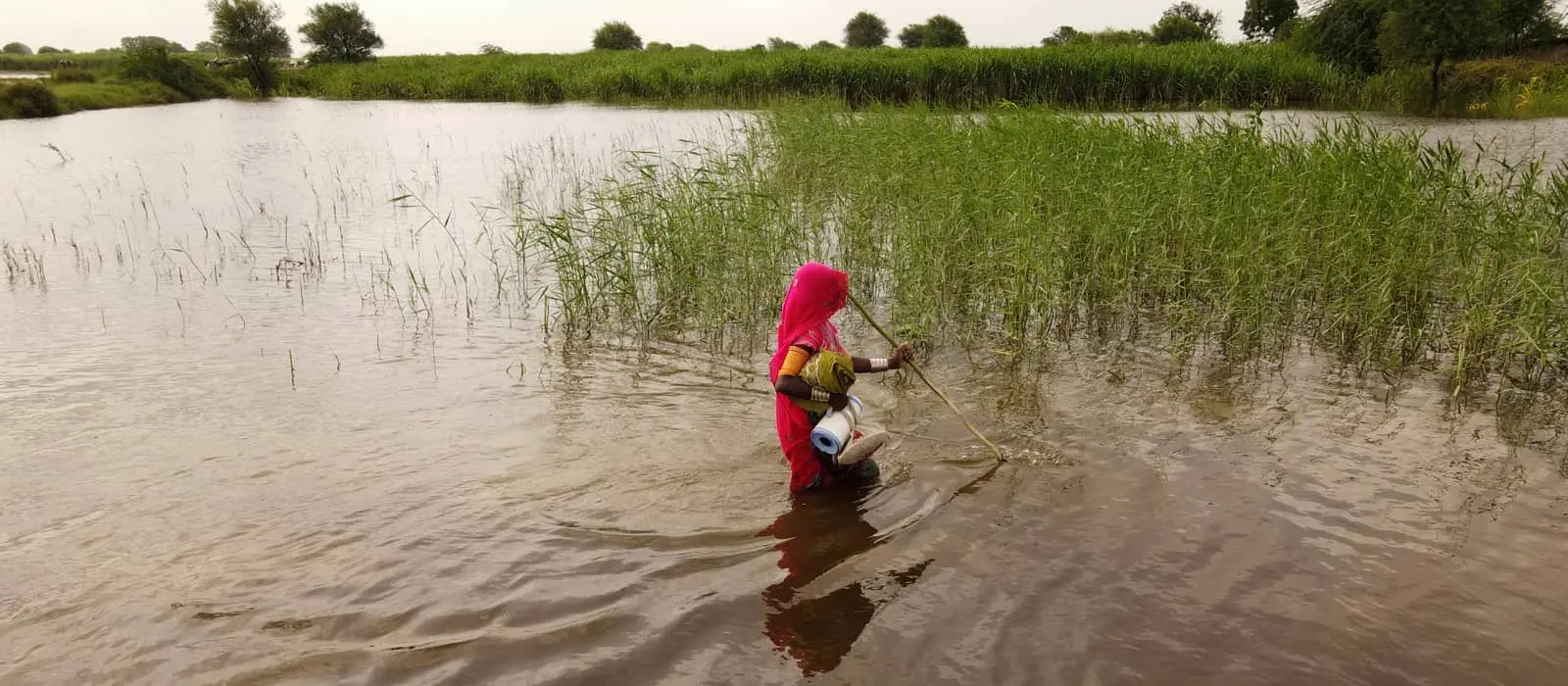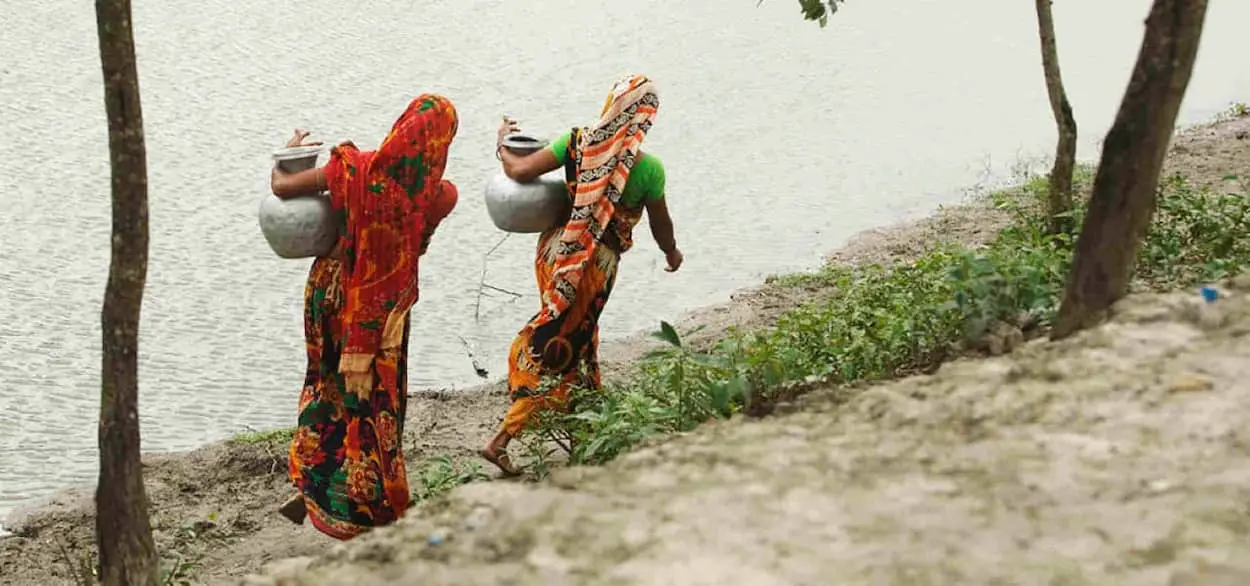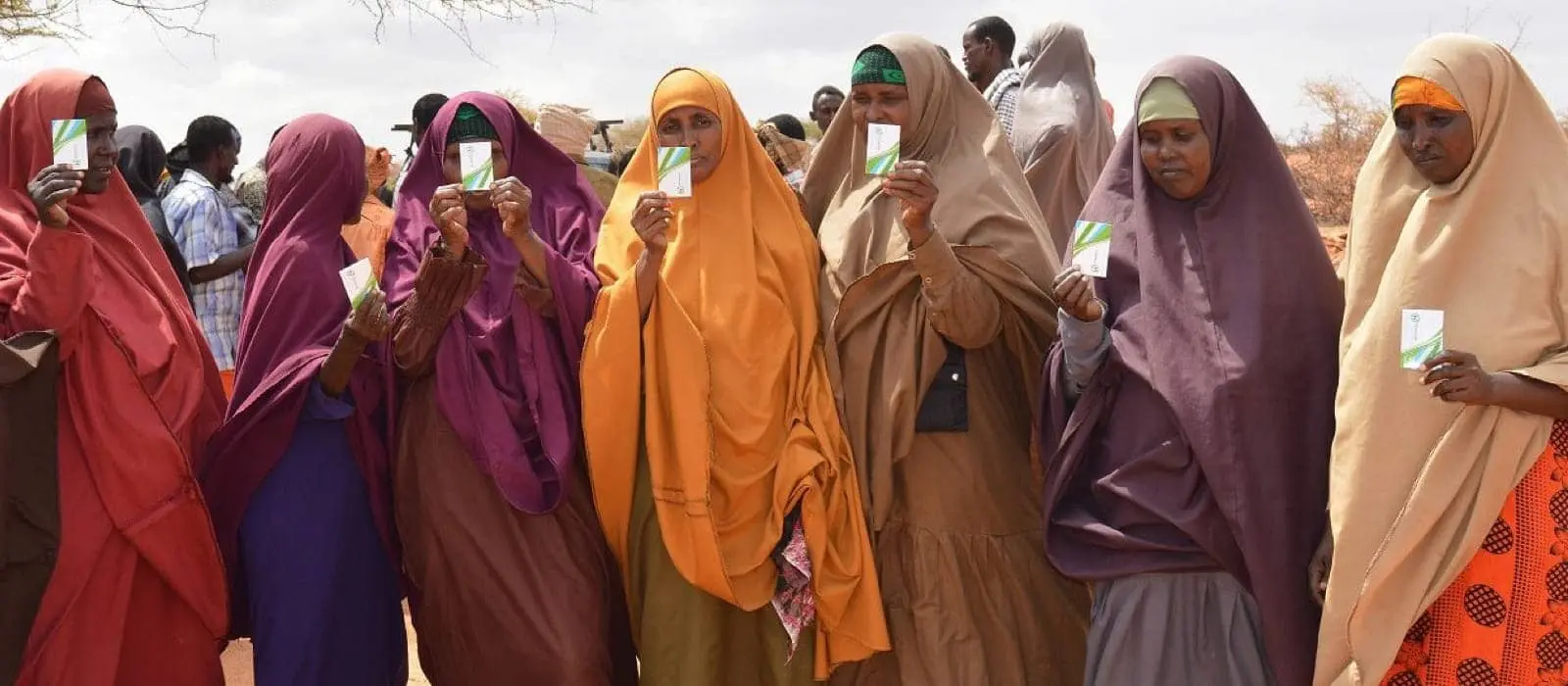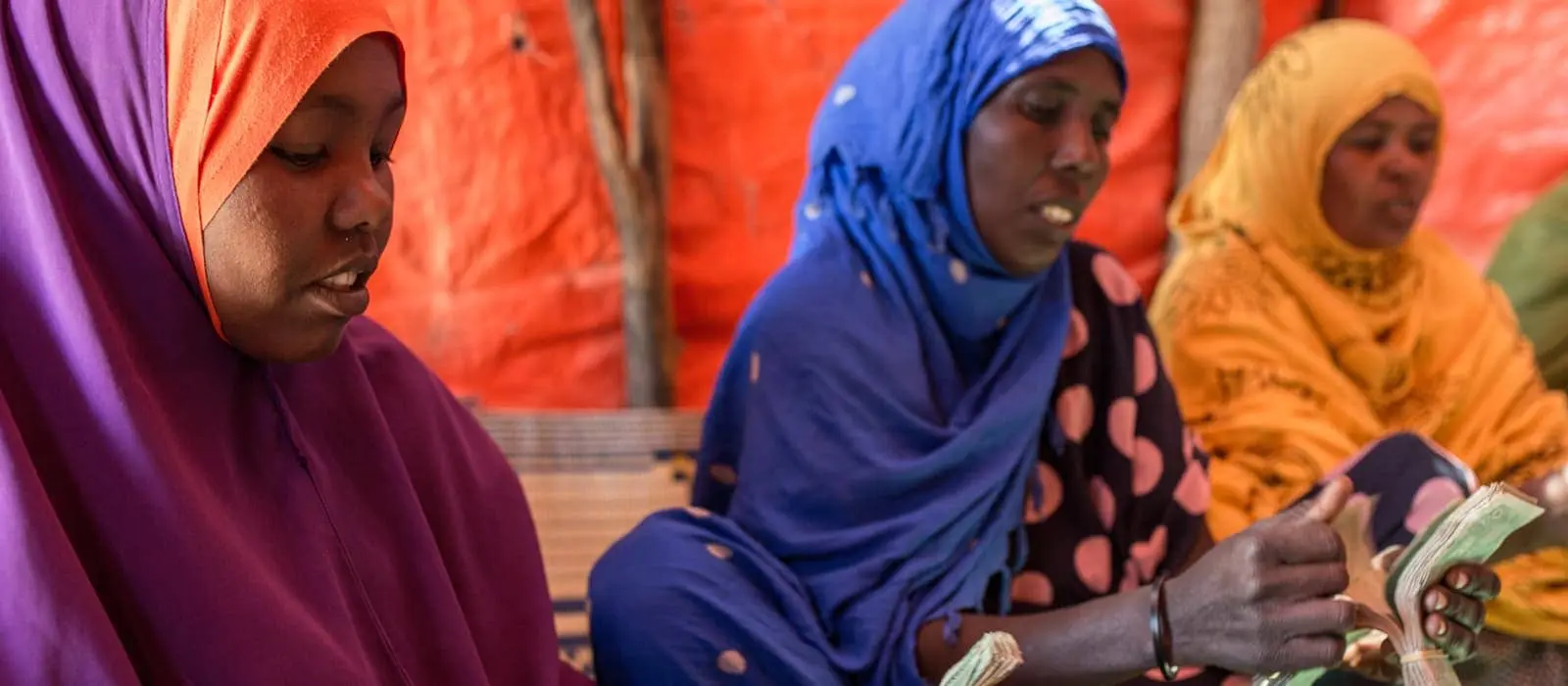“Resilience” is a word we use a lot at Concern. It’s also one whose context has changed a lot in the last 10 years, along with its popularity. In fact, it’s become overused at this point, especially in the wake of the pandemic, as several opinion writers have pointed out. Civil rights attorney Tracie Washington sums up the issue: “Stop calling me resilient. I’m not resilient. Because every time you say, ‘Oh, they’re resilient,’ you can do something else to me.”
At Concern, however, “resilience” has a much more specific definition. It’s not something we call people we work with in order to downplay their suffering. It’s something we help them cultivate at a community level.
Defining resilience
In humanitarian aid and development work, resilience is used in a very specific way to discuss responses to climate change. At Concern, our definition of resilience is the ability of all members of a community to anticipate, respond to, cope with, and recover from the effects of disasters without compromising their ability to sustainably break the cycle of poverty.
Largely, we talk about resilience in terms of climate. The effects of climate change are unavoidable for many of the communities we work with. Whether they’re dealing with the effects of a decade-long drought in Somalia or rising sea levels in Bangladesh, they’re on the frontlines of the climate crisis. (For the most part, they’ve contributed the least amount to this crisis.) Because they often lack the resources to mitigate against the effects of climate change in their region, they’re also the most vulnerable to both the short-term effects of a climate disaster like flooding, hunger, or disease; as well as the long-term impacts. Poverty thrives on vulnerability.

When more people live above the poverty line, their abilities to cope with major shocks and day-to-day stresses also improve. We need to build resilience.
How do we build resilience?
At Concern, our approach to resilience involves six essential elements.
1. Work at three levels: families, communities, and systems.
This means ensuring that resilience is felt at the micro and macro levels. If a wider system, say at the national level, isn’t able to support its communities and the families that live within them, then individual responses to shocks and stresses will only go so far. If weak, the systems are likely to collapse when they’re needed most.
2. Conduct a thorough risk analysis.
First and foremost, our work is designed to benefit community members and be led by their priorities and needs. We may have ideas and innovations, but the question we have to start with in any community is: What are the biggest barriers to surviving a shock or stress while preserving dignity, livelihoods, and well-being? From there, we then ask: What can be done to minimize the impact of these obstacles? We especially look for how inequalities, both hidden and not, can influence how these impacts are felt — especially among women and girls.
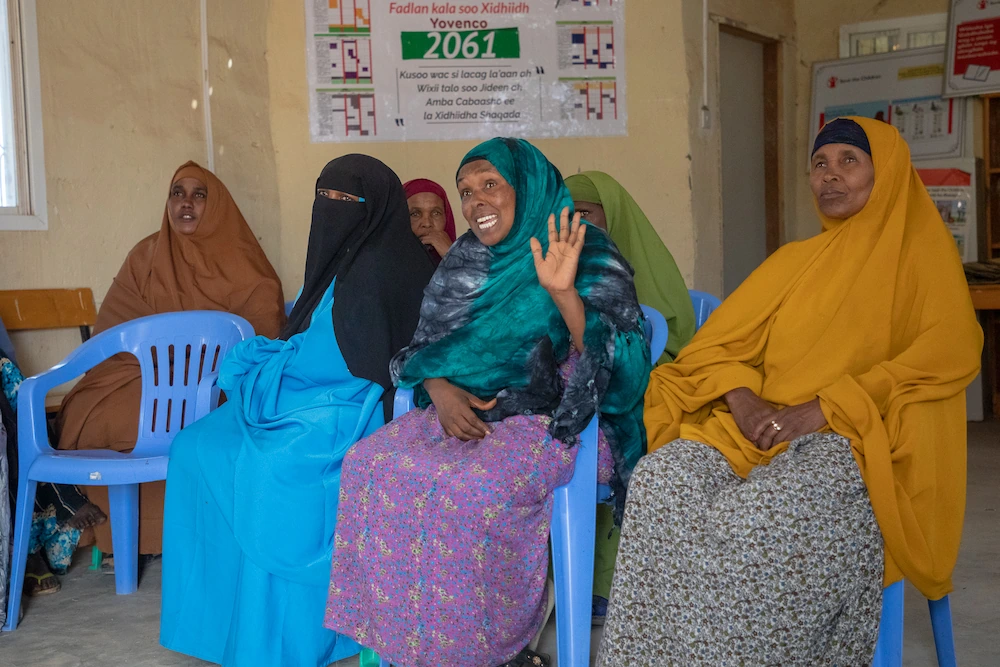
3. Help people reduce their vulnerability to emergencies with an integrated set of interventions.
Our programs are often dynamic and rely on more than one solution to create a stronger community foundation. Building resilience against natural or man-made disasters means having access to essential information, services, and markets, as well as occasionally physical items both for emergency preparedness and running efficient businesses. In practice, this may look like training farmers on no-till cultivation techniques for farming, or it could look like distributing goats and cash transfers. We also design programs that can be adapted to changing situations, as we’re seeing in more complex humanitarian crises.
4. Help people better anticipate and prepare for shocks.
Some shocks (such as failed rains) are easier to anticipate than others (like earthquakes). Where possible, we move for early warning systems to be in place and working as they should be. We also work with communities to build systems that can prepare for disasters, predictable and otherwise. This includes training on skills like first aid, and laying out codified disaster risk management plans at the local, district, and national levels.
5. Deliver timely emergency response when local capacity is overwhelmed.
We do our best to build capacity in the areas above, but we also know that may not be enough in every scenario. We’re on standby to help deliver a rapid response based on the situation and what’s needed, and our disaster risk management plans include a rough blueprint for likely priorities (such as cash, non-food items, and nutrition or water services).

6. Advocate for systems that can support a “full community resilience package.”
This only works consistently when everyone is fully bought in. In addition to building resilience at community levels, we also analyze where aspects of the broader system are “broken” or undermining the ability of individuals to cope. We then positively influence policies and practices so that these systems can deliver a “full community resilience package.” This includes investing in social protection and safety net programs, investing in early warning systems, establishing flexible funding mechanisms at the national and international levels, promoting more equitable management of natural resources, and allocating resources for services including health, agriculture, water, and sanitation.
Many of the countries where we work have made commitments to global frameworks including the Sendai Framework for Disaster Risk Reduction, the Paris Climate Agreement, and the Sustainable Development Goals, which can be used to leverage action at country level.
Measuring resilience
We manage what we measure, so while resilience isn’t easily quantified, we still have ways of tracking success. All of Concern’s programs are measured and evaluated against standardized indicators appropriate to each context. For measuring resilience, depending on the priorities of a community, we may focus on indicators around nutrition, health, water and sanitation, livelihoods, education, and equality.
We also work with several indicators specific to community resilience programs, including the Household Livelihoods Coping Capacity Index, the Livelihoods Protection Index, functionality scores for Community-based Disaster Risk Management, and measurement criteria for our CMAM Surge approach. We are also developing further tools to measure flood resilience based on a collaboration in our Afghanistan, Bangladesh, and Haiti programs.
Resilience in action: Our work
CMAM Surge
Concern co-developed what is now recognized as the gold standard for treating acute malnutrition in children. In more than 20 years, Community Management of Acute Malnutrition has continued to grow and adapt towards the aim of saving more lives, and one of the latest developments has been CMAM Surge. The Surge approach is a way of proactively responding to malnutrition during seasonal “surge” periods throughout the year, anticipating these hungry periods and preparing for them accordingly. Two CMAM Surge pilot tests in Kenya in 2012 saw that the model managed peaks, without undermining other health and nutrition efforts. Over the last decade, we’ve introduced the approach to most of the countries where we currently work.
Building Resilient Communities in Somalia (BRCiS)
Traditional aid models have, often by necessity, relied on certainty. But in emergency contexts, this doesn’t always work. As we saw with the 2010-12 famine, waiting for the full picture of need and risk to develop wasted precious lead-time. Somalis paid the ultimate price. Breaking with tradition, we created an approach to emergencies called Early Warning, Early Action (EWEA).
This “no regrets” strategy forms the foundation of BRCiS. Instead of responding to an emergency based on certainty, we began responding (proportionately) to the probability of a disaster. In some cases, this meant that we responded early to the signs of a crisis that didn’t come to pass. But, in the long term, an ounce of prevention is worth a pound of cure. BRCiS was instrumental in helping Somalia avoid a famine in 2017.
Responding to Pakistan’s Internally Displaced (RAPID)
The objective of the RAPID fund program is to assist the most vulnerable people in the aftermath of any natural or man-made disaster in Pakistan. With an established network of organizations, the program allows for funds to get where they need to go most, often in as little as two days. RAPID works closely with disaster management authorities, local NGOs, and communities to give smart and secure sub-grants to national and international organizations.
While many grants can take months (if not years) to be delivered, RAPID applications are processed within an average of two weeks — some have been processed in just two days. This makes RAPID the most easily-accessible fund for local partners in Pakistan. In addition to providing grants, the program also offers disaster risk reduction support to local organizations and authorities, to help with strengthening their disaster management capabilities for the next crisis.
Paribartan
In 2011, with a grant from the EU, Concern launched “Increasing Resilience and Reducing Risk of Coastal Communities to Climate Change and Natural Hazards in the Bay of Bengal.” The much shorter name, which still gets the point across quite nicely, became Paribartan, which means “change” in both of the major languages in the region (Bangla and Oriya).
The project’s goal was spelled out in the official name: To help the poorest and most vulnerable communities in the Bay of Bengal break the cycle of poverty by reducing their risks to the damaging impacts of climate change. Over five years, we would work with more than 1.2 million people in 204 communities across six districts in two countries (120 communities in Bangladesh, 84 in India).
